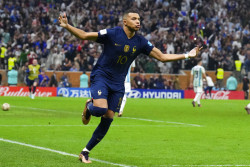World Cup 2022
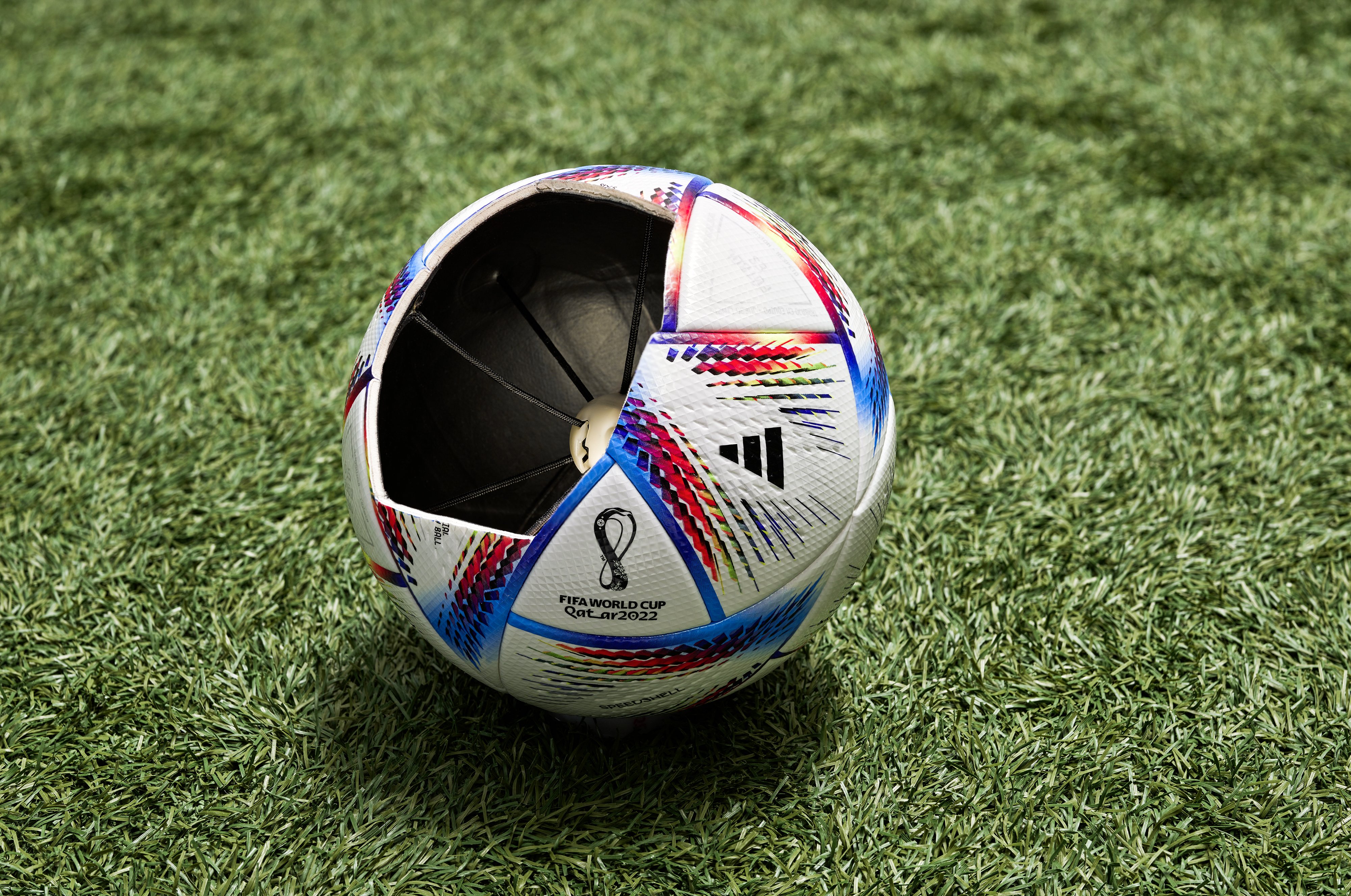
On Tuesday, Saudi Arabia pulled off the first big surprise of the World Cup in Qatar with a 2-1 win over pre-tournament favourites Argentina.
The result left millions of Lionel Messi and Argentina fans shell-shocked. Many blamed the Semi-Automated Offside technology that the football's world governing body FIFA introduced to this football showpiece for efficient decision-making.
After Messi put Argentina into a lead through a penalty, they thought striker Lautaro Martinez had given a two-goal cushion in the 28th minute. But the goal was disallowed as VAR – video assistant referee – ruled Martinez to be offside. The Saudis rallied back to win the game, leaving the Argentina camp pondering what might have been.
We'd discuss on that dispute some other time, but here's all you need to know about the FIFA's state-of-the-art technology put at work in this World Cup.
This involves a sensor on the ball and dedicated cameras in the stadiums that use data to determine if a player is offside.
Made by Adidas—Al Rihla, as it translates to 'the journey, is the official World Cup match ball for FIFA World Cup 2022. Although this ball looks normal to the human eye, it is filled with technologies that help make critical, as already seen, match-changing decisions and needs to improve upon past errors.
Tech-filled gut
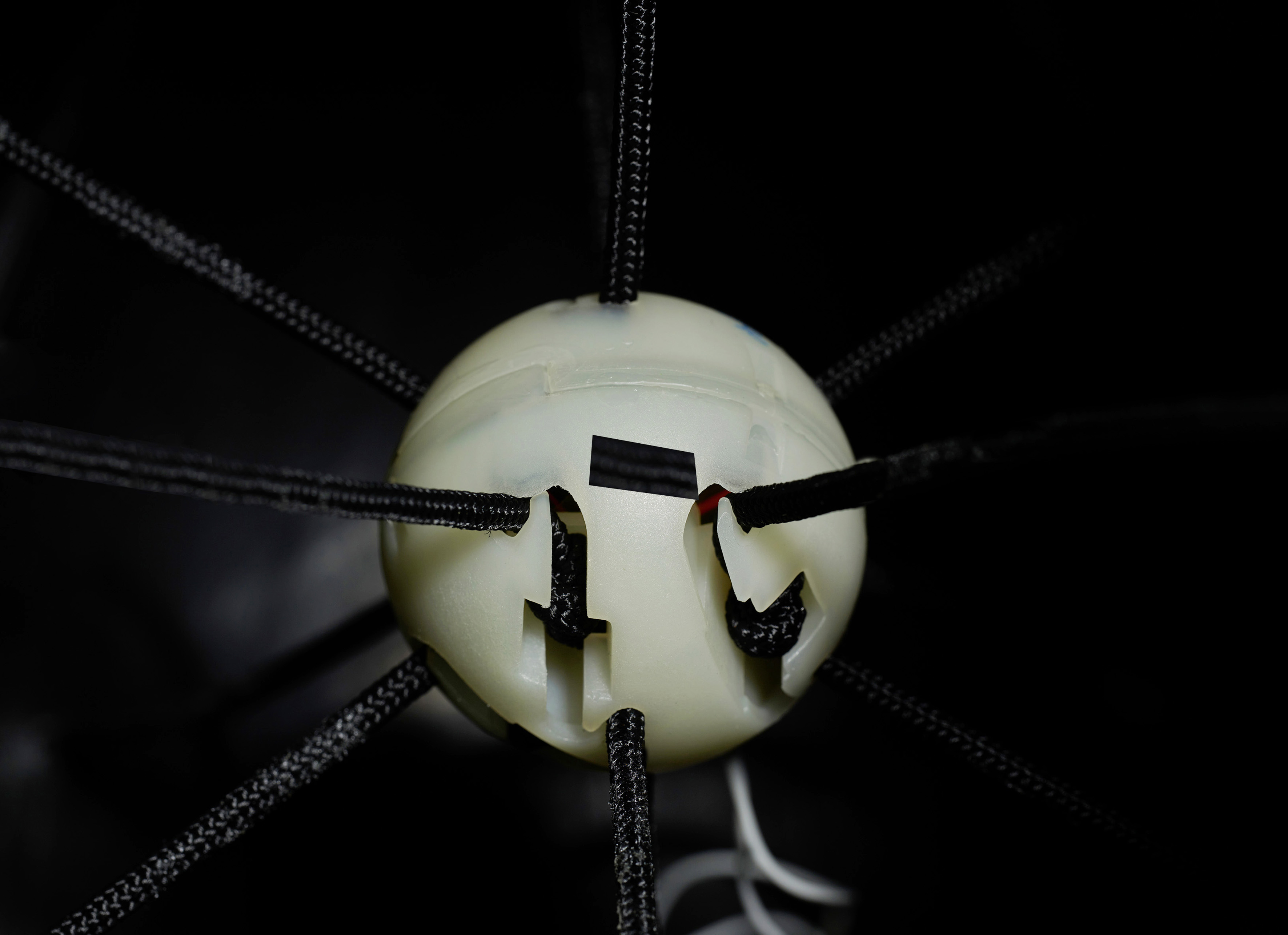
The ball's core has a motion sensor that tracks every touch on the ball 500 times a second.
The inertial measurement unit (IMU), the motion sensor, relies on the Adidas-developed suspension system inside the ball to remain stable and feed the "unprecedented" insight into the game.
The ball's sensor is battery-powered; it needs to be recharged just like your phone but uses wireless technology (induction) for recharging.
IMU, made by a German sensor and edge-computing company, KINEXON, feeds real-time data to the receivers on the stadium roof. It tracks the ball using an ultra-wideband sensor and relays information into the VAR room.
This information, combined with player position and tracking technology, is then fed into artificial intelligence (AI).
The AI then alerts the VAR room if it deems any foul. But on this 'semi-automated' technology, the final decision remains with the human factor of VAR, which makes the final call.
According to Adidas, the technology "helps inform offside situations as well as assist in detecting unclear touches, thereby ultimately improving the quality and speed of the VAR decision-making process."
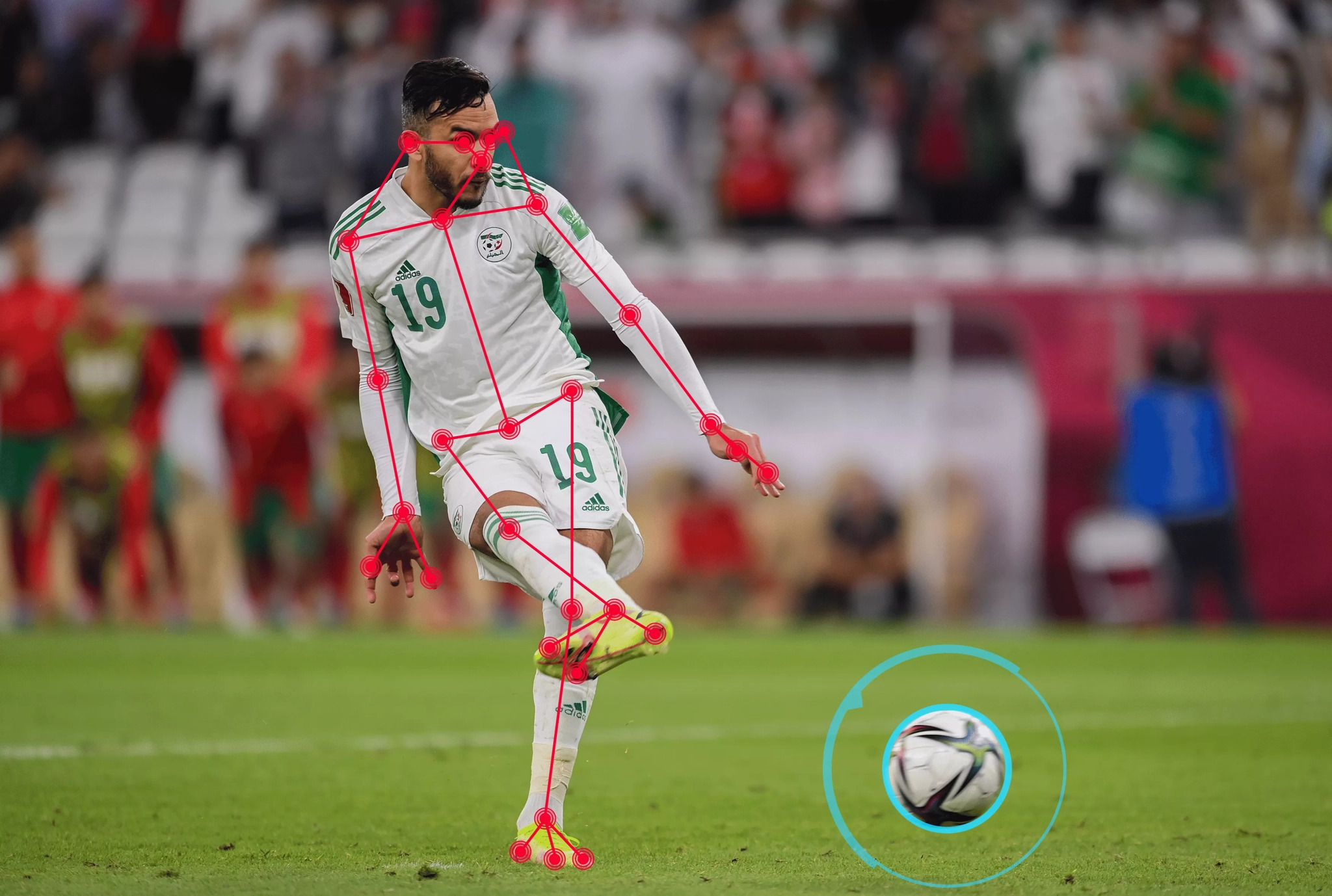
KINEXON said in a press release the whole sensor suite in the ball weighs 14 grams. The technology has as much to do with the exterior shell of the ball as its interior.
Science of Dimpled exterior
Even a little smoothness or dent in the ball changes its trajectory drastically. That means the ball can become hard to predict or travels with incredible speed.
FIFA and Adidas claim the official match ball in this World Cup to be the "fastest ball" ever in the history of football's showpiece tournament.
Adidas has been experimenting with different panel designs to make the ball quicker and more predictable. For this reason, Adidas designs various panel shapes that make the ball and put different patterns to it to improve the aerodynamics.
Al Rihla is made up of 20 panels. Eight panels are small triangles with roughly equal sides, and 12 are larger and shaped like an ice cream cone.
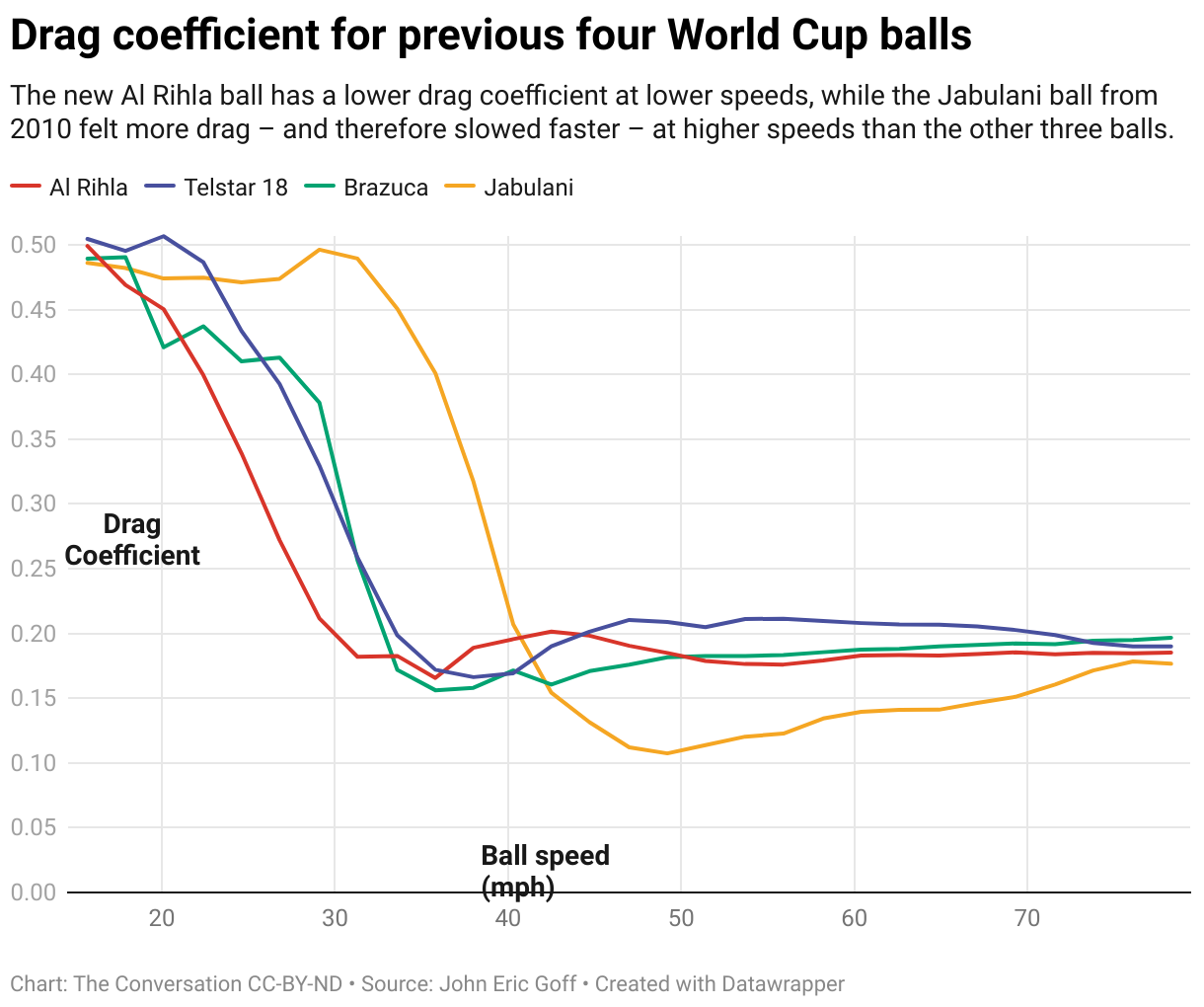
Eight-panelled Jabulani, the official match ball of the 2010 World Cup in South Africa, received a lot of criticism over its abrupt slowing after crossing a certain speed mark. That was caused because the ball was overly smooth.
To improve the roughness of the ball, Adidas used to put rough, protruding patterns in the balls previously built.
John Eric Goff, professor of Physics at the University of Lynchburg, wrote in his article on The Conversation that the air around the ball needs to "hug the ball" at all times to make the path predictable and for greater speeds.
Balancing the roughness – the drag (friction) is the key.
Therefore, for Al Rihla, the outer surface is made up of a dimple-like texture, compensating for the smoothness of the ball to provide the perfect balance of drag.
In a FIFA statement, Franziska Löffelmann, the design director of football graphics and hardware at Adidas, said: "The game is getting faster and, as it speeds up, accuracy and flight stability become critically important."
Playerspeak
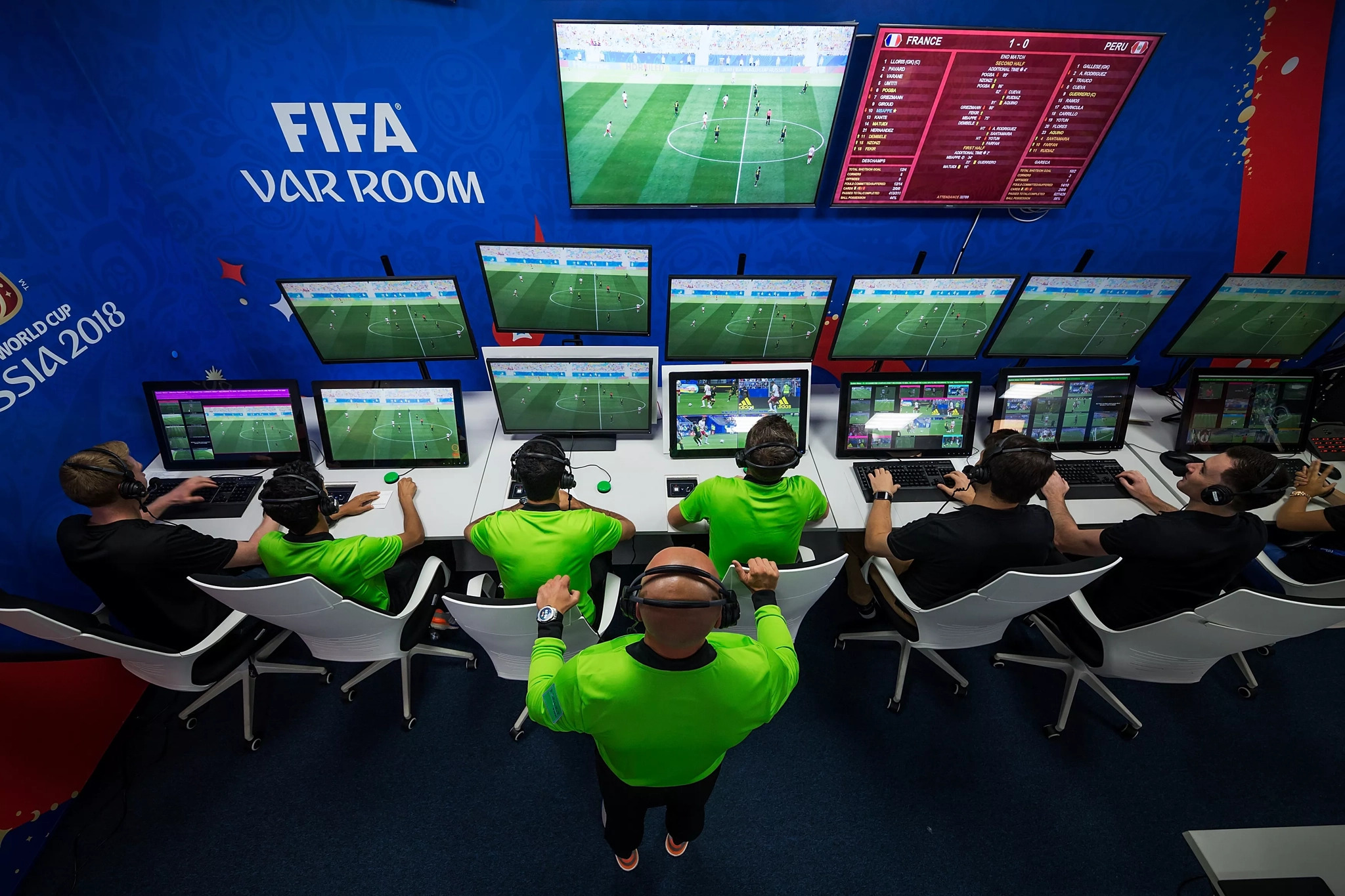
At the pre-match press conference on Sunday, Uruguayan goalkeeper Sergio Rochet told Al Jazeera: "Year after year, it gets better for the strikers and us goalkeepers it gets very tough."
"This is a very fast ball," Rochet said, adding, "We are in the process of adaptation."
The ball's velocity and trajectory change will undoubtedly make a difference in decision-making.
Anjan Bista, Nepal national team player, said to NepalMinute: "There is certainly a learning curve, but it depends on the ball."
Bista, who made his international debut in 2014, has scored 11 goals for Nepal. Hari Khadka and Nirajan Rayamajhi jointly hold the record for the most goals with 13.
"If the ball feels familiar, it is easy, but even a small change means we need to practice and get used to it," he added.
The FIFA World Cup has come a long way since its inception in 1930 in Uruguay, so did the ball. Adidas has been supplying footballs for FIFA's showpiece events since 1970.
Dhirendra Pradhan, a veteran Nepali footballer who played for Nepal in the late 1970s to 80s, said: "The ball is a technological marvel and a far cry from a laced ball that I played in the early days of my footballing career."
Even compared to the footballs – with 32 pentagon and hexagon panels – that Pradhan played with just before retiring from international football, today's official match balls are chip-embedded and hot glued [not sewn].
Pradhan, a defender famous for his powerful free-kicks, added: "The use of technology like chips and computers will certainly make the match fair."

